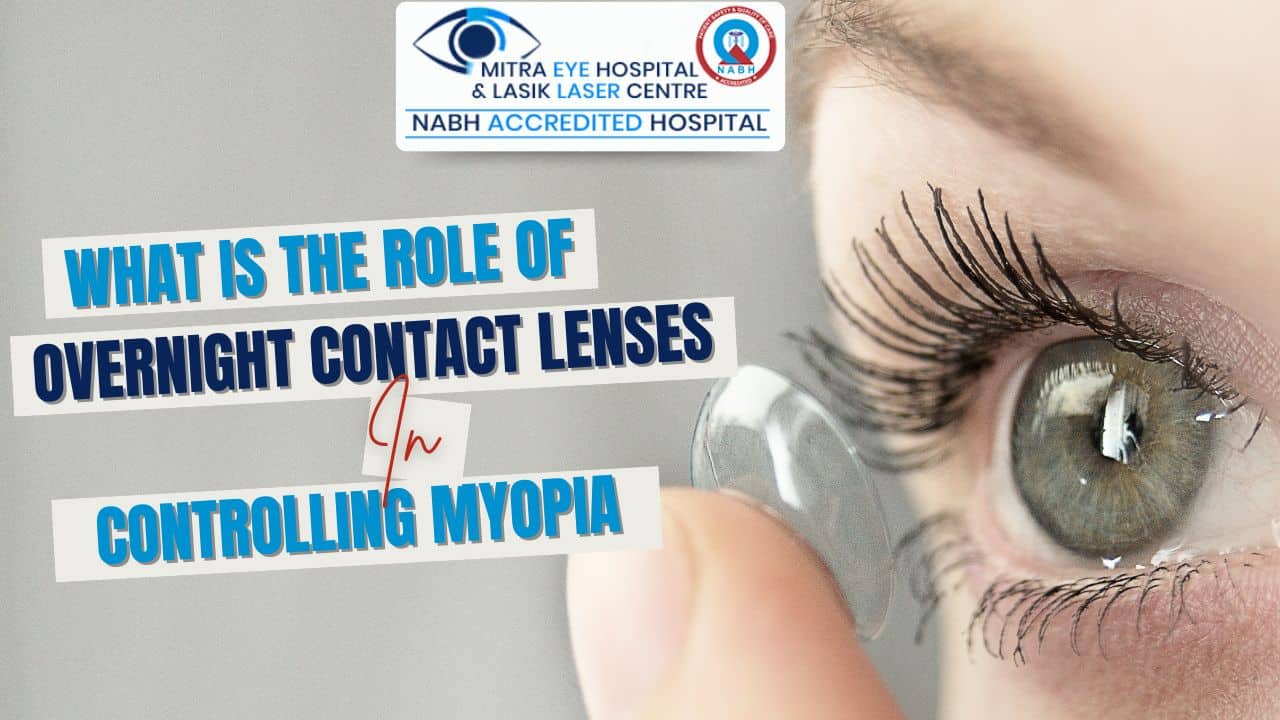
Managing Retinoblastoma: Treatment-Induced Hope and Healing
One type of eye cancer called Retinoblastoma starts in the retina, the thin layer of tissue that lines the inside of the eye. It usually begins as a little tumor on the retina that can increase, threatening vision loss if it is not detected promptly. A complete cure can be obtained by confining the tumor inside the eye through early diagnosis. Contact the Best Eye Hospital in Punjab for treatment of eye issues.
What is the definition of Retinoblastoma?
Retinoblastoma is a kind of cancer that begins in the retina. The layer of the cells at the back of the eye that senses light is called Retinoblastoma. This type of eye cancer is most common in children. Experts surmise it results from a failure in the retina’s growing, immature cells. Rarely, following a stop in the tumor’s early development, adults may also become afflicted.
What are the causes of Retinoblastoma?
A rare kind of eye cancer that primarily affects young children is called Retinoblastoma. Although the precise source of Retinoblastoma is unknown, genetic changes that happen early in fetal development are thought to be the reason.
- Retinoblastoma hereditary: People predisposed to developing Retinoblastoma are at risk of contracting the disease due to inherited genetic abnormalities. The defective genes in hereditary Retinoblastoma are inherited by the offspring of one or both parents.
- Non-Hereditary Retinoblastoma: Genetic mutations that cause Retinoblastoma spontaneously arise and are not passed down from parents in sporadic disease cases. Although the precise causes of these mutations are unknown, exposure to radiation or specific environmental contaminants may contribute in certain situations.
How does Retinoblastoma manifest itself?
The behavior may differ, or there can be noticeable changes in the appearance of the eyes.
- Luminaria: A snapshot taken in a dark environment with a flash on will likely show the pupil of your eye looking white or pale. This is the first and most prevalent indication of Retinoblastoma. It may affect one or both of the eyes.
Other symptoms of Retinoblastoma.
- Eyes that have trouble following movement.
- Misaligned eyes.
- Pain.
- Enlarged eye.
- Bulging eye
- Blood in the front chamber of your eye.
- Infection, swelling or inflammation of your eye or surrounding tissue.
Different Treatment Plans for Retinoblastoma
Possible course of treatment options include:
- Chemotherapy: Chemotherapy is the use of medications to destroy or inhibit cancer cell growth. It can be injected directly into the eye or given systemically.
- External Beam Radiation Therapy: EBRT targets cancer cells with high-energy X-rays or other radiation. It is usually applied to more substantial tumors or cases where no other treatment has worked.
- Brachytherapy: Brachytherapy entails directly applying a tiny radioactive seed or plaque to the tumor’s surface. As a result, radiation may be delivered to the malignant cells precisely while causing the least harm to the surrounding healthy tissue.
- Cryotherapy: This treatment employs extremely low temperatures to kill cancer cells. A probe is put into the eye to freeze and kill the cancer cells, and the tumor is treated with liquid nitrogen or another freezing agent.
- Laser Therapy: Often called photocoagulation, laser therapy uses a laser beam to cut blood arteries that feed the tumor, causing it to shrink.
- Surgery: In certain instances, especially if the tumor is giant or causing a significant loss of vision, the eye may need to be surgically removed. Typically, enucleation is used as a last resort after all other options have been exhausted or are impractical.
Many eye issues are prevalent and treated with Lasik surgery. Visit Mitra Eye Hospital and LASIK Centre if you suffer from eye-related topics. We have the best Child Eye Specialist in Jalandhar.





